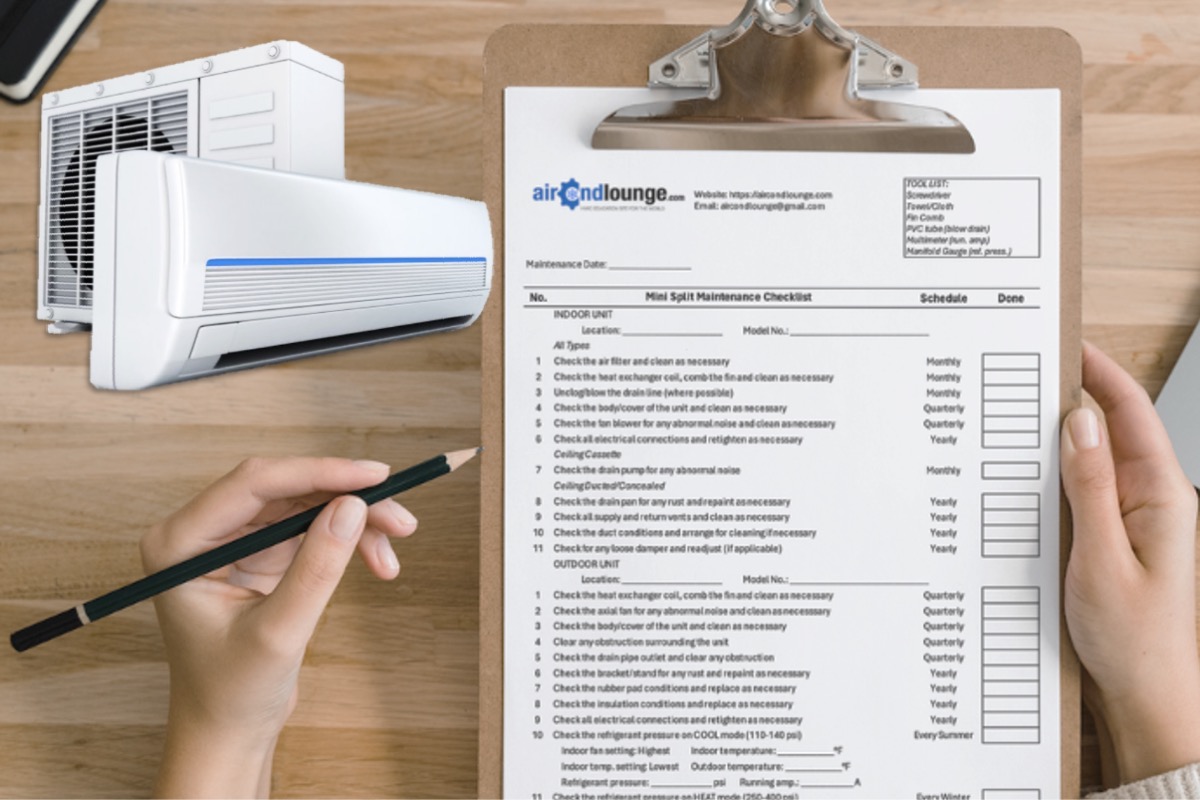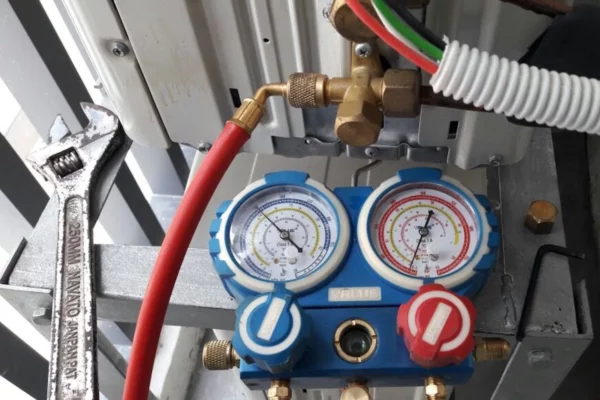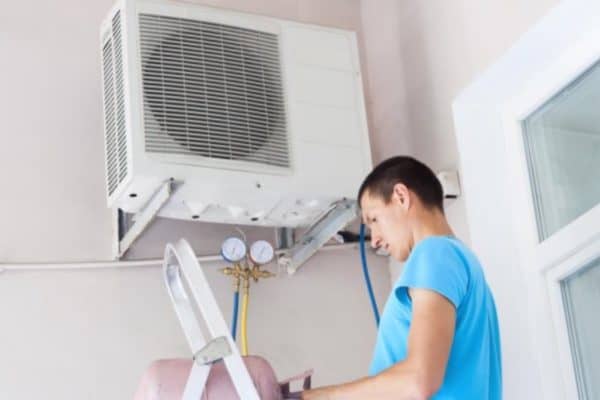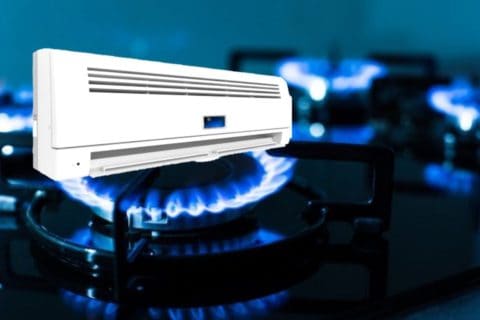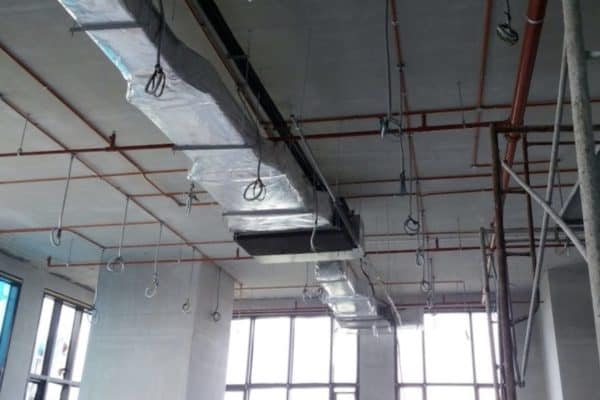Mini Split Maintenance Checklist (w/ Printable PDF Download)
Mini splits require periodical maintenance just like any other machinery. However, there are quite many things to clean and inspect. Without a checklist, we can lose track of the past maintenance work. So, I made a printable PDF maintenance checklist that you can download and use.
For all types of mini splits (ductless, ducted, AC or heat pump), the major maintenance work involves cleaning the air filter and cooling coil, unclogging the drain line, cleaning the fan blower and top-up refrigerant gas once in a while (or when necessary).
Apart from that, mini splits also have other things to check and inspect as part of the maintenance routine. Usually, those other maintenance work are either by quarterly or yearly schedule.
Download Mini Split Maintenance Checklist (PDF)
It is a good practice to keep track of our mini split maintenance work. Other than making sure we’ve cleaned and checked our mini split thoroughly, a journal of maintenance records comes in very handy when there is a problem.
So, download the Mini Split Maintenance Checklist (PDF) by entering your email address. A download link will be sent to your email inbox (check junk folder if not received).
Once you get the checklist, it is quite a lot of things written on it. Hence, let me walk you through a few important work so that you can better use the checklist.
Mini Split INDOOR UNIT Maintenance Work
For the most part, you’ll need to clean the air filter and the heat exchanger coil (cooling coil) of the indoor unit of your mini split, preferably once a month.
If you notice the air filter is not very dirty, you can change the schedule to bi-monthly which means once every two months.
Additionally, you want to blow the drain line by mouth to push away any slimes formed inside the drain pipe. To do so, simply insert a flexible tube into the drain line at the indoor unit and blow with mild strength.
Every once in a while, do check the fan blower as it can get very dirty. You’ll notice that when the mini split starts to lose airflow. Alternatively, you may hear the mini split fan noise sometimes strong, sometimes less strong which indicates a dirty fan blower.
Lastly, once a year, do check all electrical connections and blow away any dust (or spider web) to prevent the control board from shorting and burning.
Ceiling Cassette Mini Split
If you happen to have a ceiling cassette type, you need to check if the drain pump is producing any abnormal noise. If the drain pump is getting weak or the installation is not proper, it may produce weird noise (sounds like it is struggling to pull water).
Ceiling Ducted/Concealed Mini Split
If you use a ceiling ducted or concealed indoor unit, you should check the drain pan (including the secondary drain pan if you have one), ducts, dampers and vents once a year or so, just like how you would do for a traditional central air system.
Mini Split OUTDOOR UNIT Maintenance Work
For the outdoor unit, the basics are cleaning the coil, fan and the body of the outdoor unit to prevent rust. However, the outdoor unit usually doesn’t require maintenance as frequently as the indoor unit.
Still, every quarter, it is best to look around the outdoor unit. It is especially important to clear any obstructions surrounding the unit like tall grasses, tree leaves and rubbish as these things can block the airflow and increase power usage.
Since you’re out there, do check the drain pipe outlet and make sure there is nothing that could potentially block it in the future to prevent water backflow.
If you happen to mount the outdoor unit on a bracket, inspect the bracket and if you see any sign of rust, quickly arrange to paint the bracket so that the rust doesn’t propagate further.
If you hear any weird noise like screws bouncing around, check if the rubber pads are hardened and replace them accordingly.
If you don’t have a line set cover, the insulation of the refrigerant pipes can degrade after exposure to sunlight for a year or two. So, replace the insulation if you see cracks or the insulation is falling apart as poor insulation can lead to more power usage.
On every summer/winter, do check the refrigerant pressure on the respective mode (cool/heat) if you’re able to. While doing so, it is recommended to record the indoor/outdoor ambient temperature and measure the running current (ampere) alongside the pressure reading.
This record can help you (or your appointed technician) troubleshoot when there is a problem like insufficient cooling or coil freezing.
Good Mini Split Maintenance Practices
Mini splits mostly require maintenance every month. However, some of the maintenance spans across 4 months (quarterly) and some even 12 months (yearly). It is easy to lose track if we don’t write it down.
Hence, a good way to keep track of the history is to put down anything that you want to make sure you do on the coming maintenance work in the remark/note section that I provided in the checklist.
You can write something like: “There is a small rust on the bracket – to buy paint and repaint the bracket next month”. Then, clip this checklist beside the remote controller on the wall.
When the next service schedule comes, go back to this checklist and see what you need to prepare before starting the maintenance work so that your routine is smoother.
Notice that you need to write down the location and model no. of the indoor and outdoor units. If you only have a few mini splits to maintain, you may ignore this.
Back when I was handling the service department, we had hundreds of units. We need to record the location and model no. of each unit so that when there is a problem, we know exactly which unit and what happened in the past. If a spare part is needed, we know what to order because we have the model no.
It is overall a good maintenance practice not just for mini splits but basically any other HVAC units.
Final Thought
Although a monthly air filter cleaning is what most people do for the maintenance of their mini splits, having a comprehensive maintenance schedule is what professionals do. It’ll make sure your mini splits stay at the most optimal performance all the time.
The indoor fan blower is quite difficult to take out and clean. If you’re interested in seeing the process, check out my blog post How to Clean Mini Split Filters, Coils and Blower Wheel?.
Lastly, consider my Mini Split (eBook) if you want to know how can you use Mini Split in your house. If you still have doubt or not feeling confident enough, feel free to consult me.
Consultation Service
Ask me for HVAC advice such as brand selection, best model, benefits, features, placement, duct size, grille size, how to design, design check, verification and other HVAC related queries.
If you have anything to add (or ask) about this topic, leave a comment down below!


